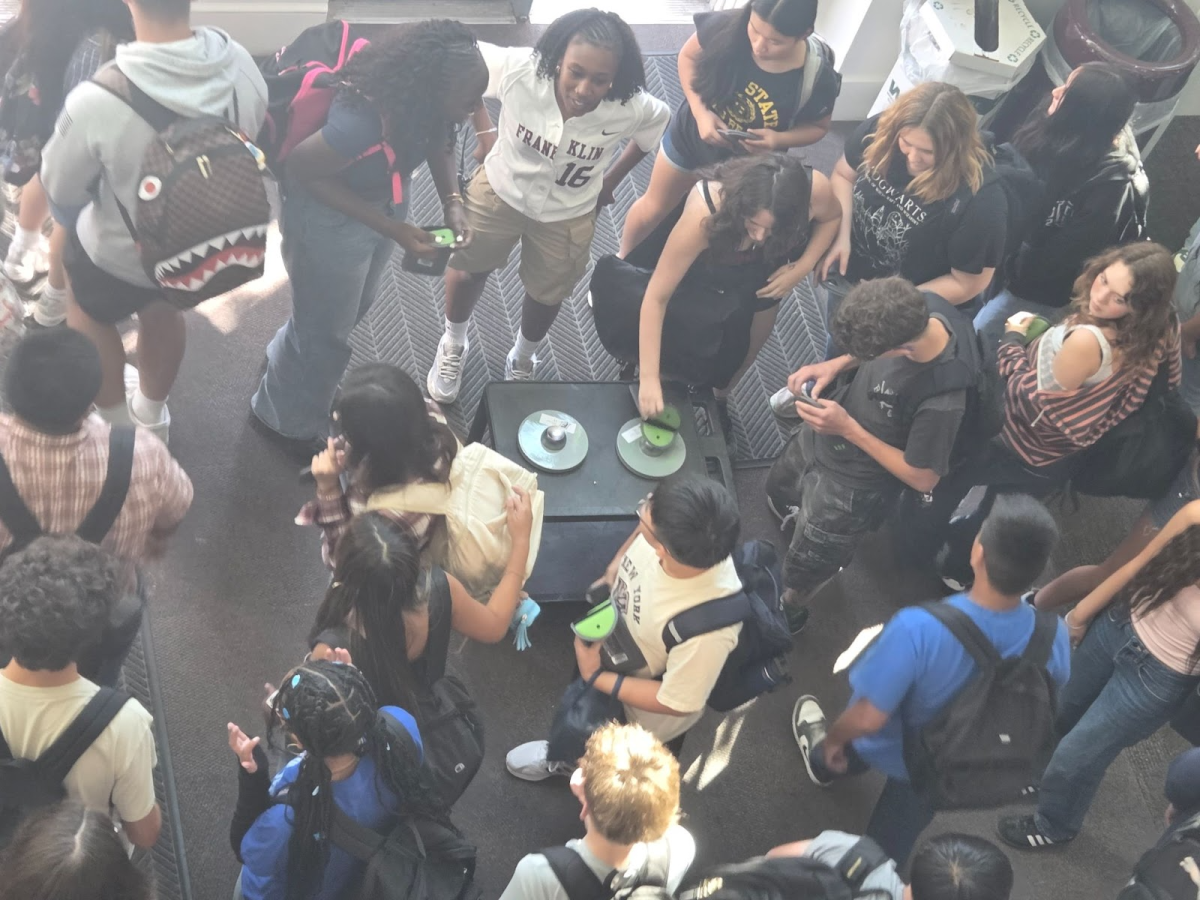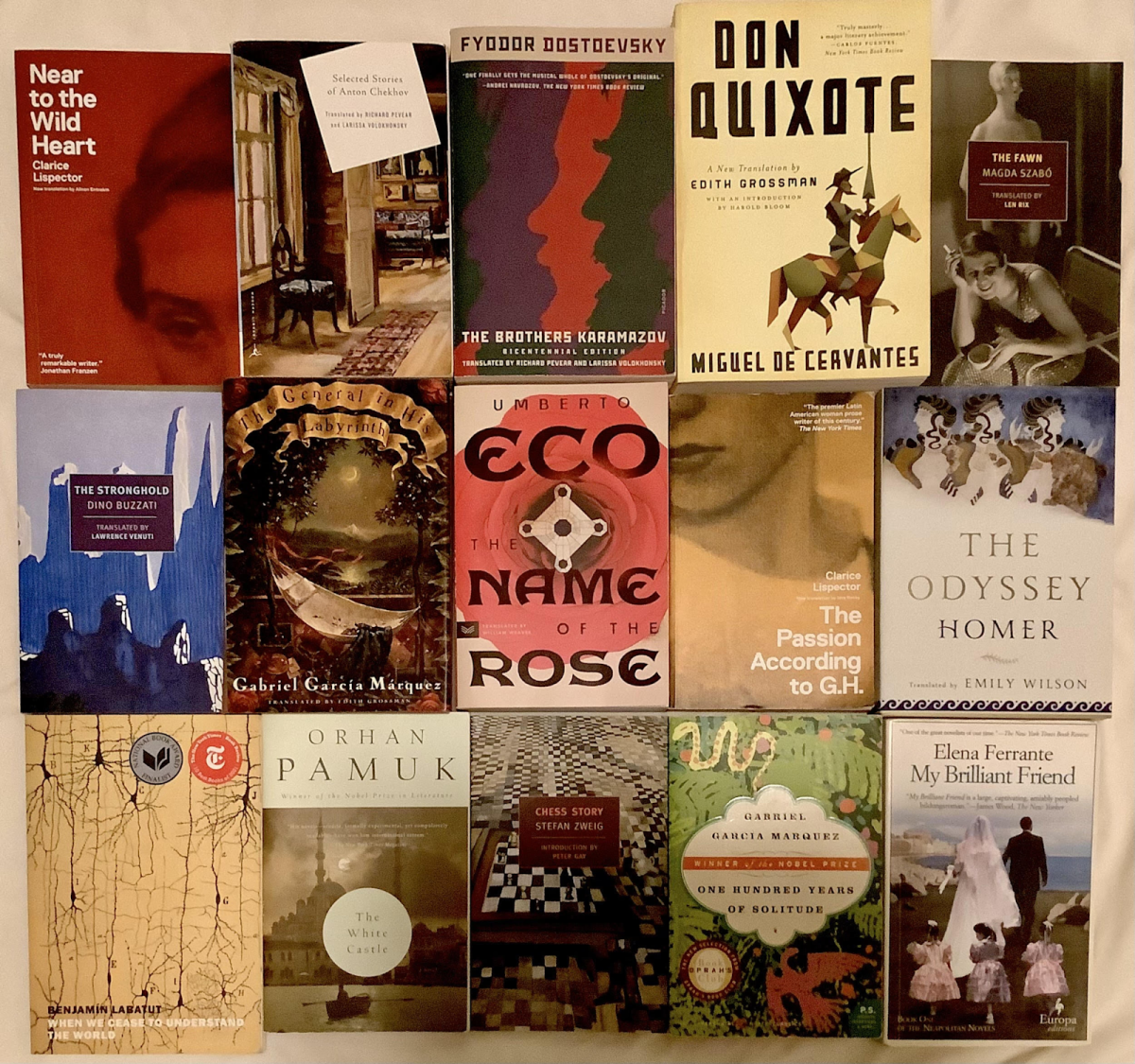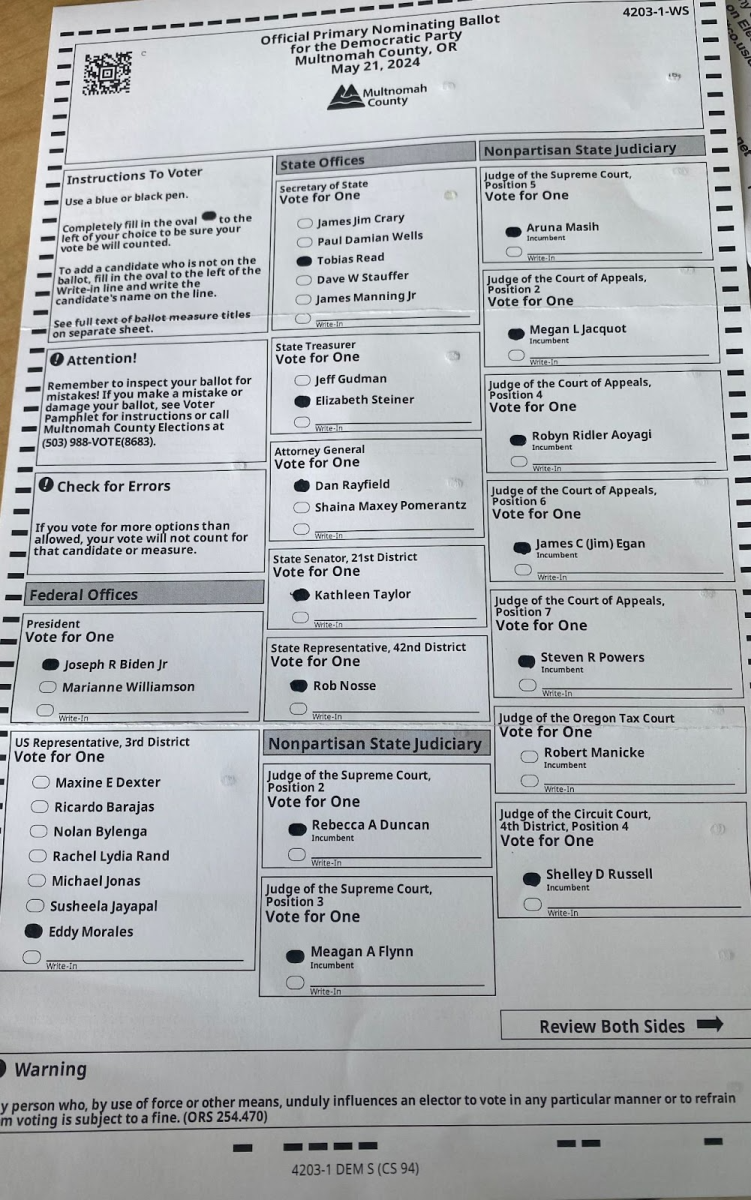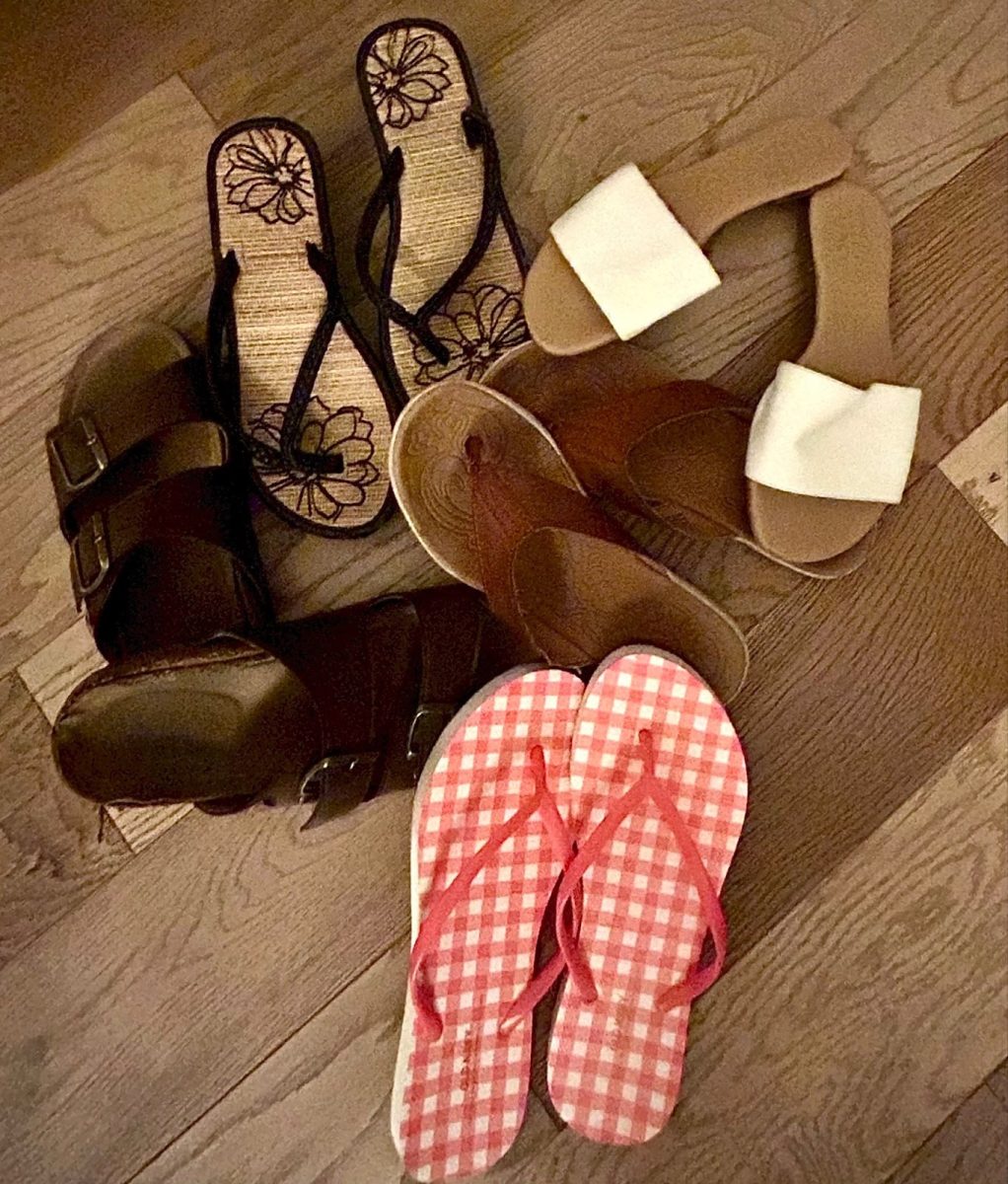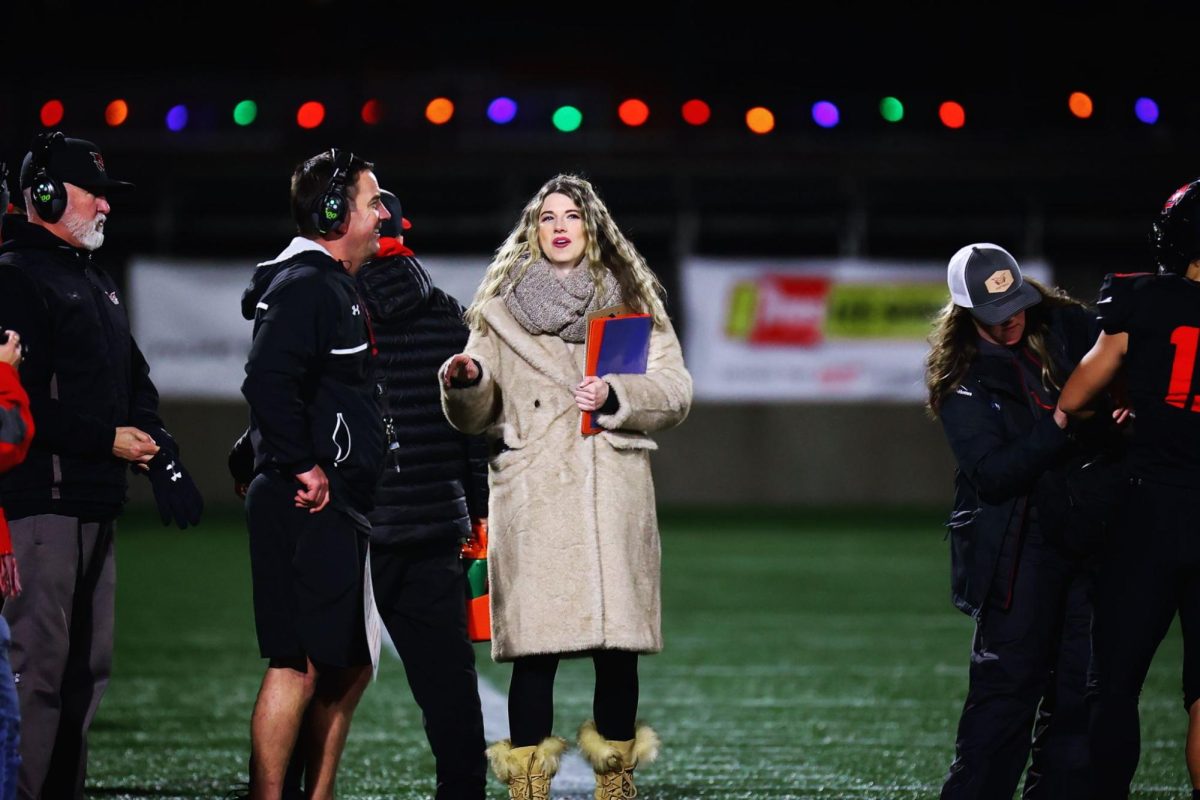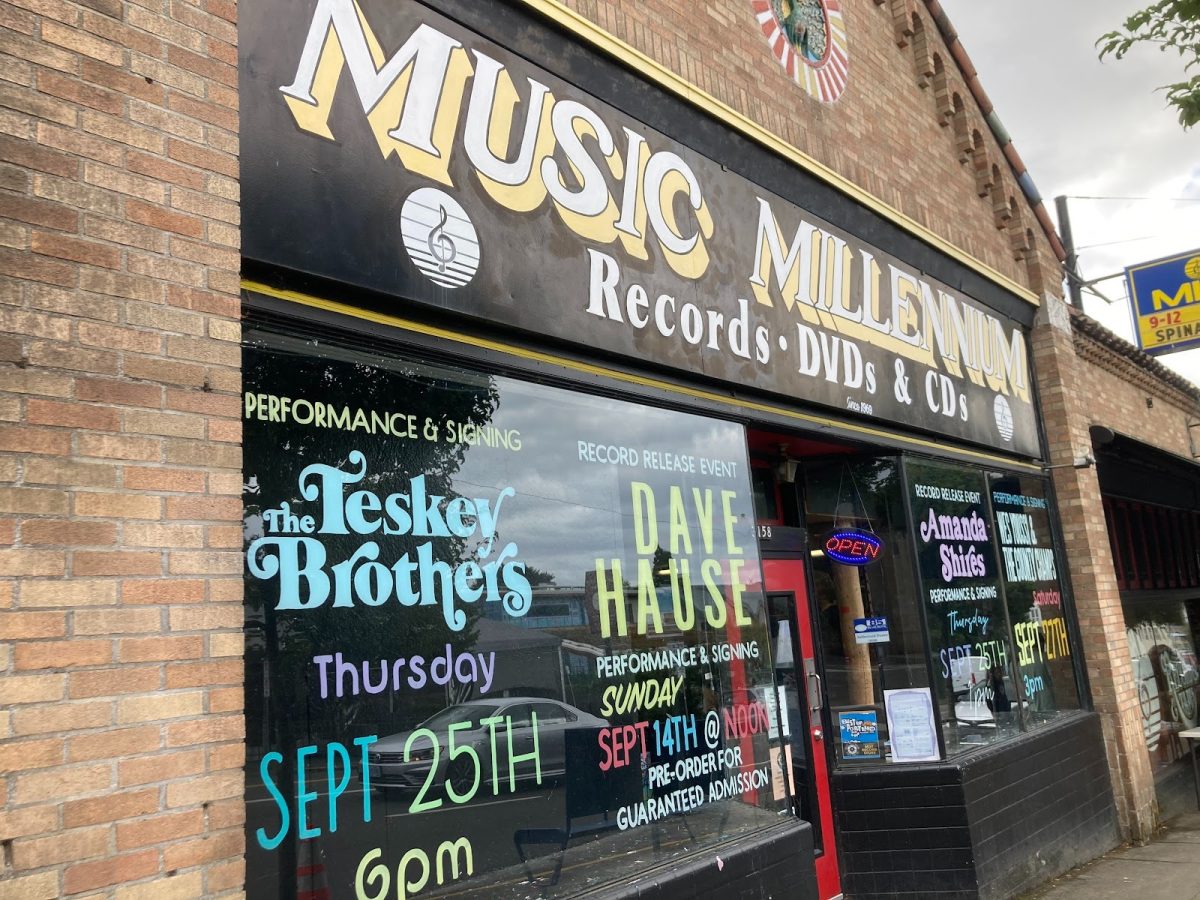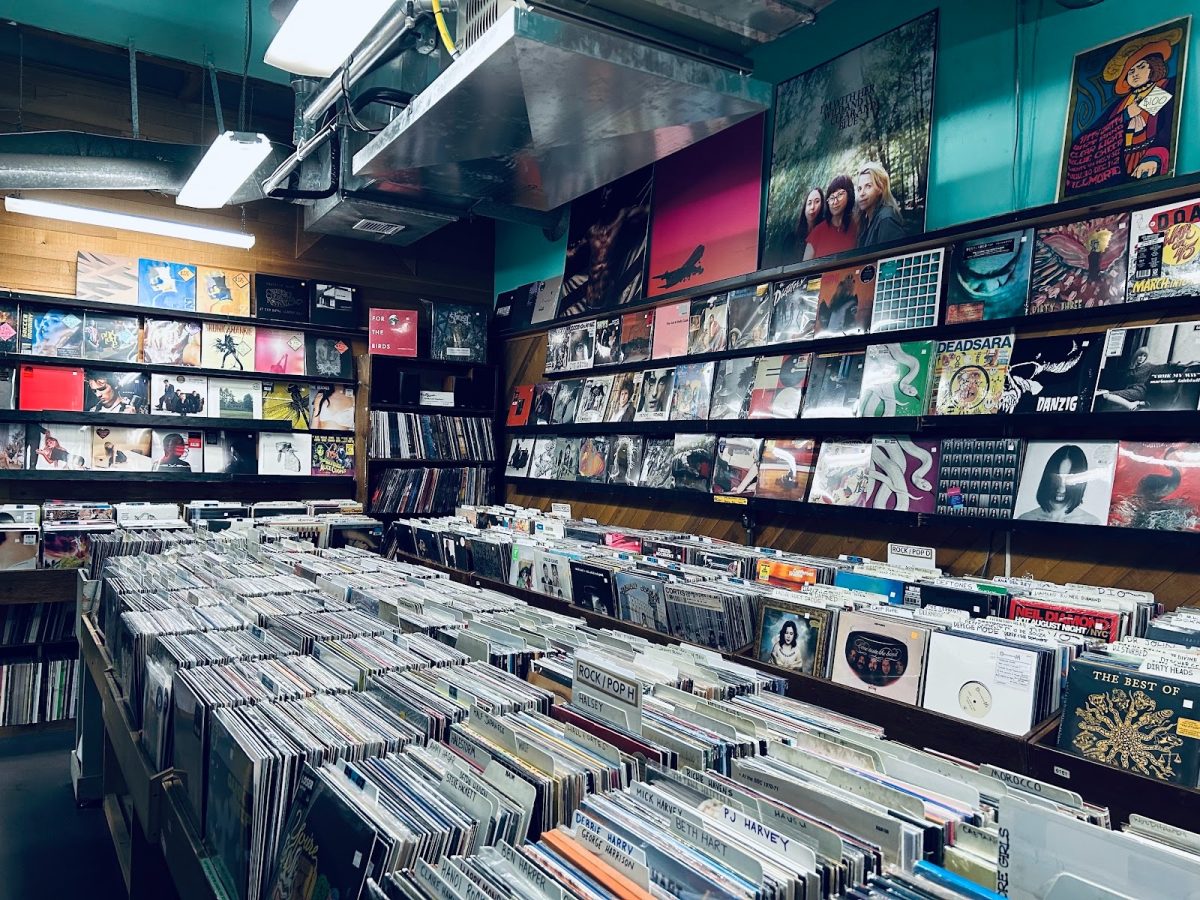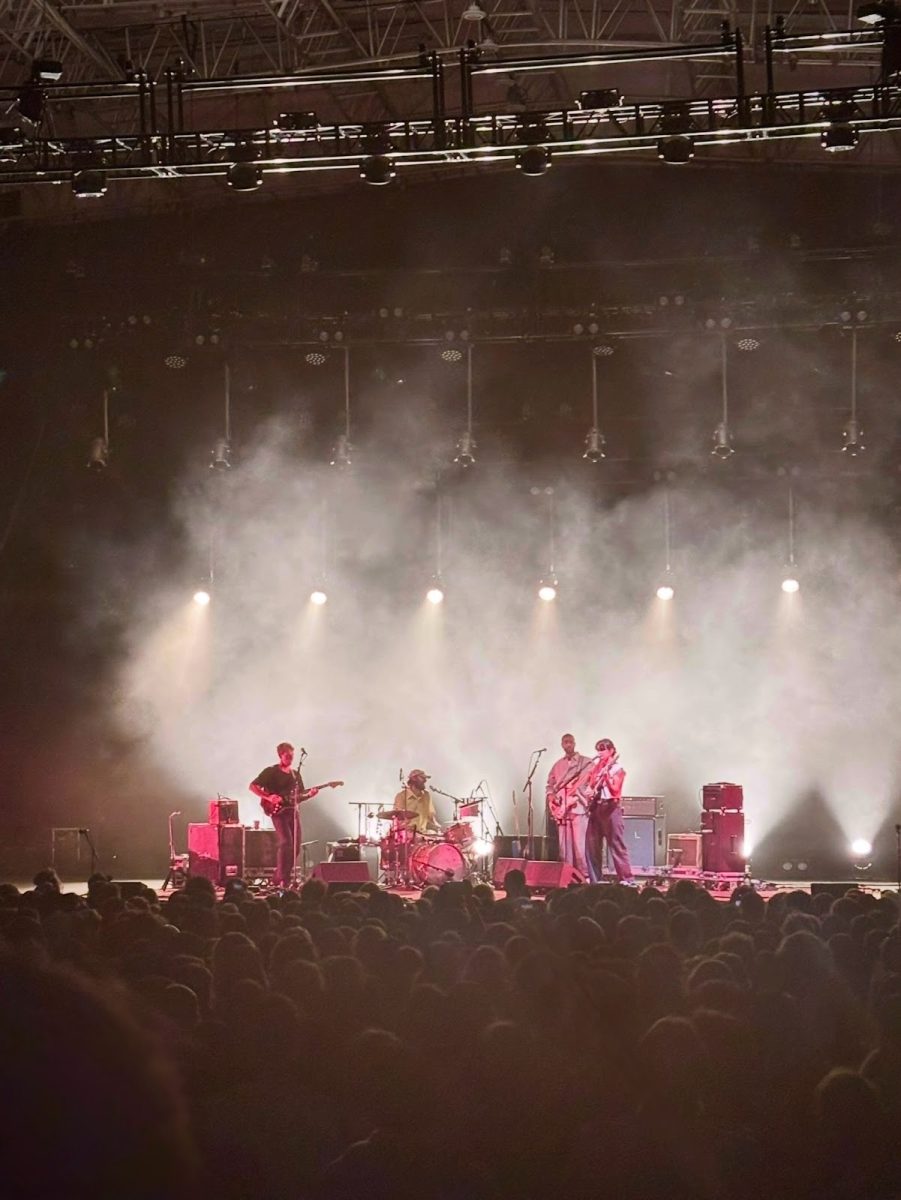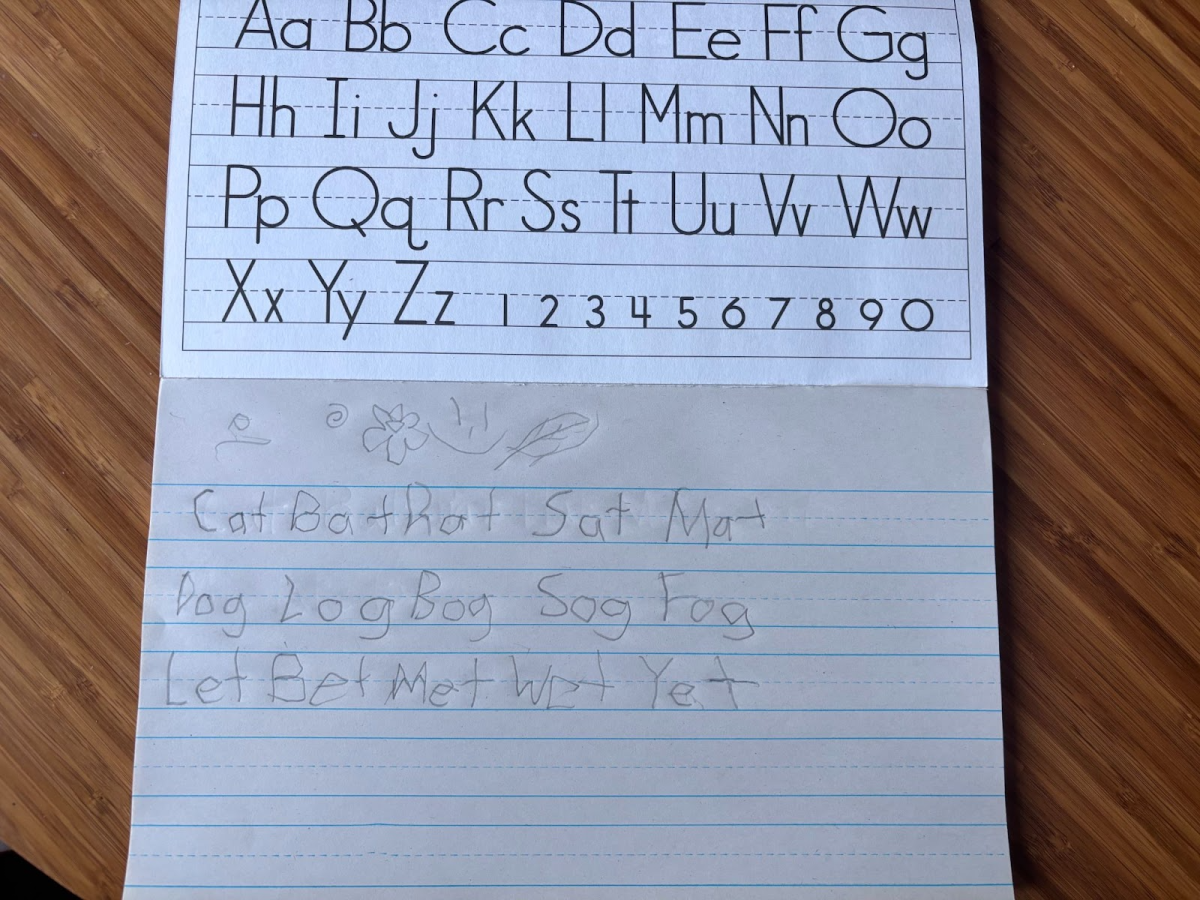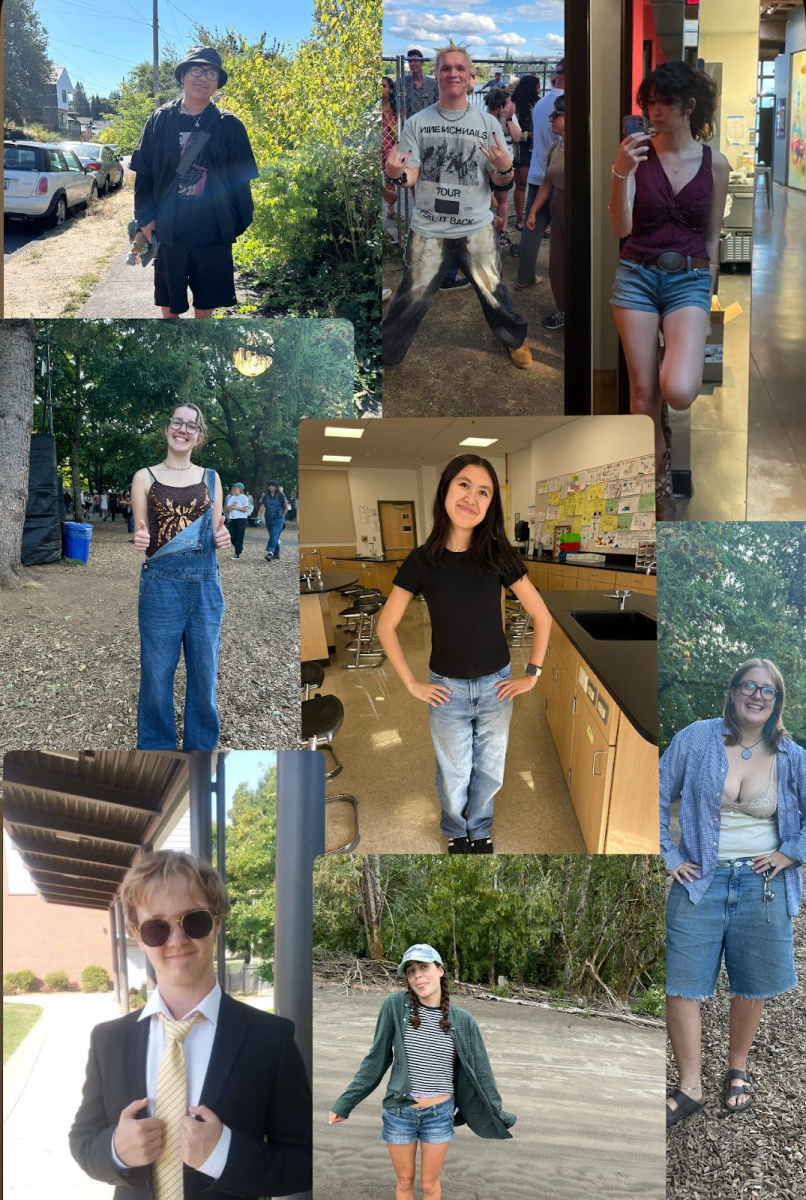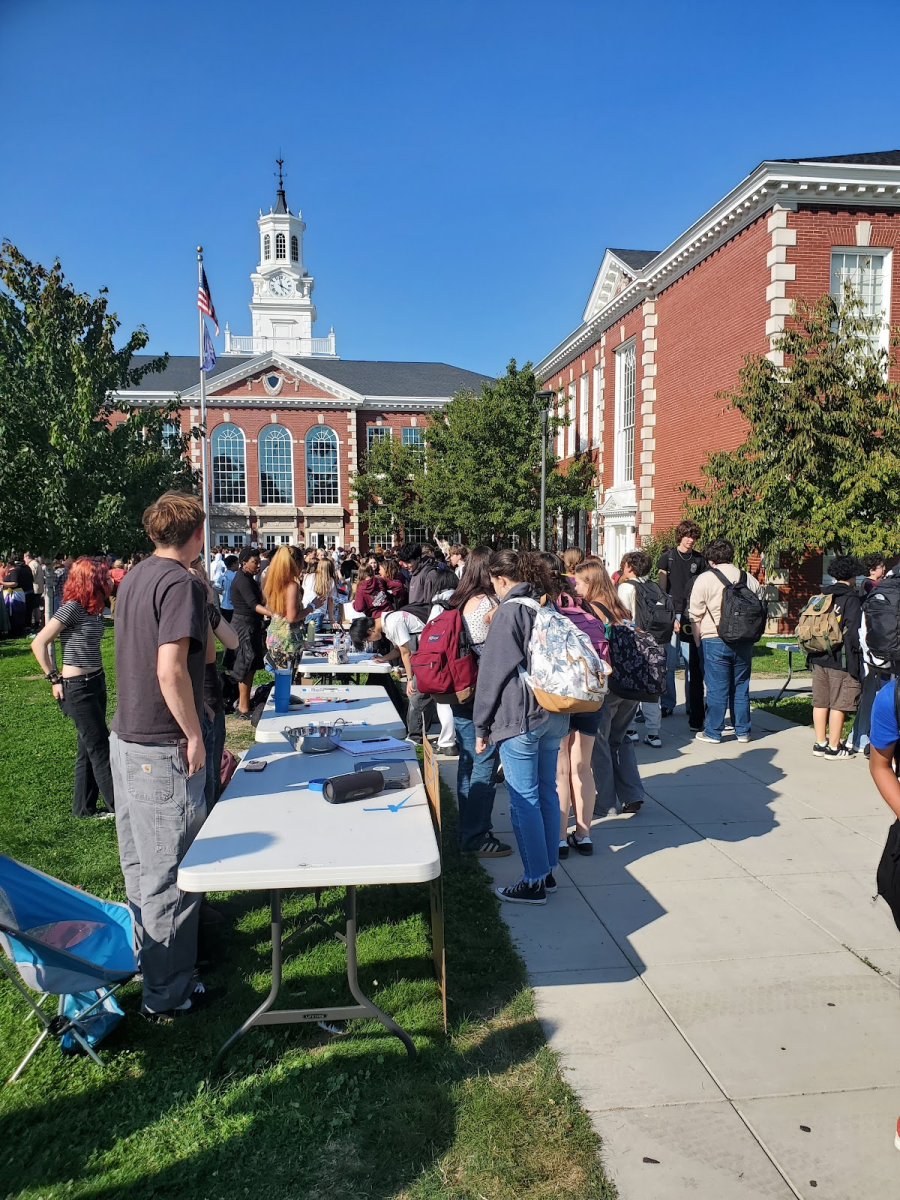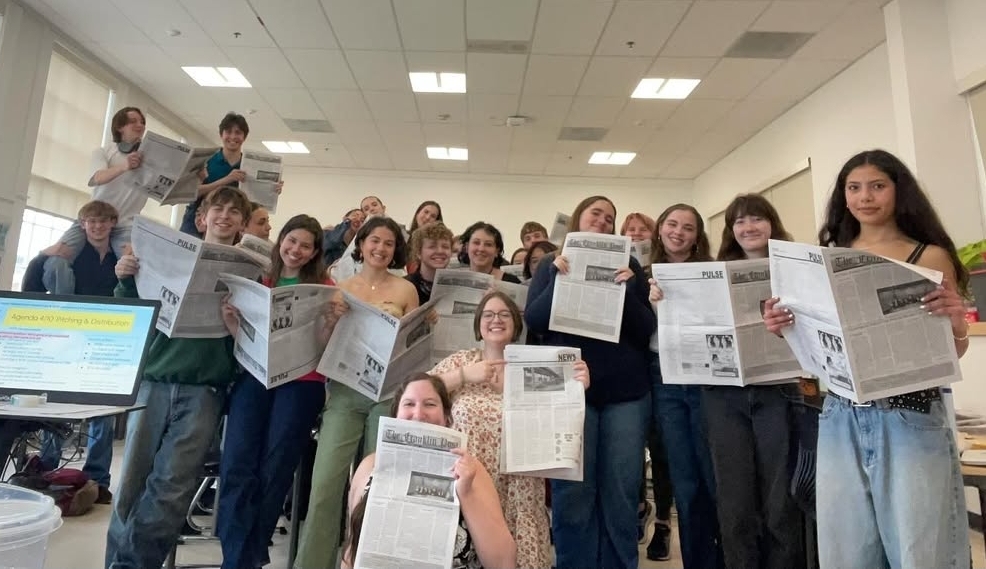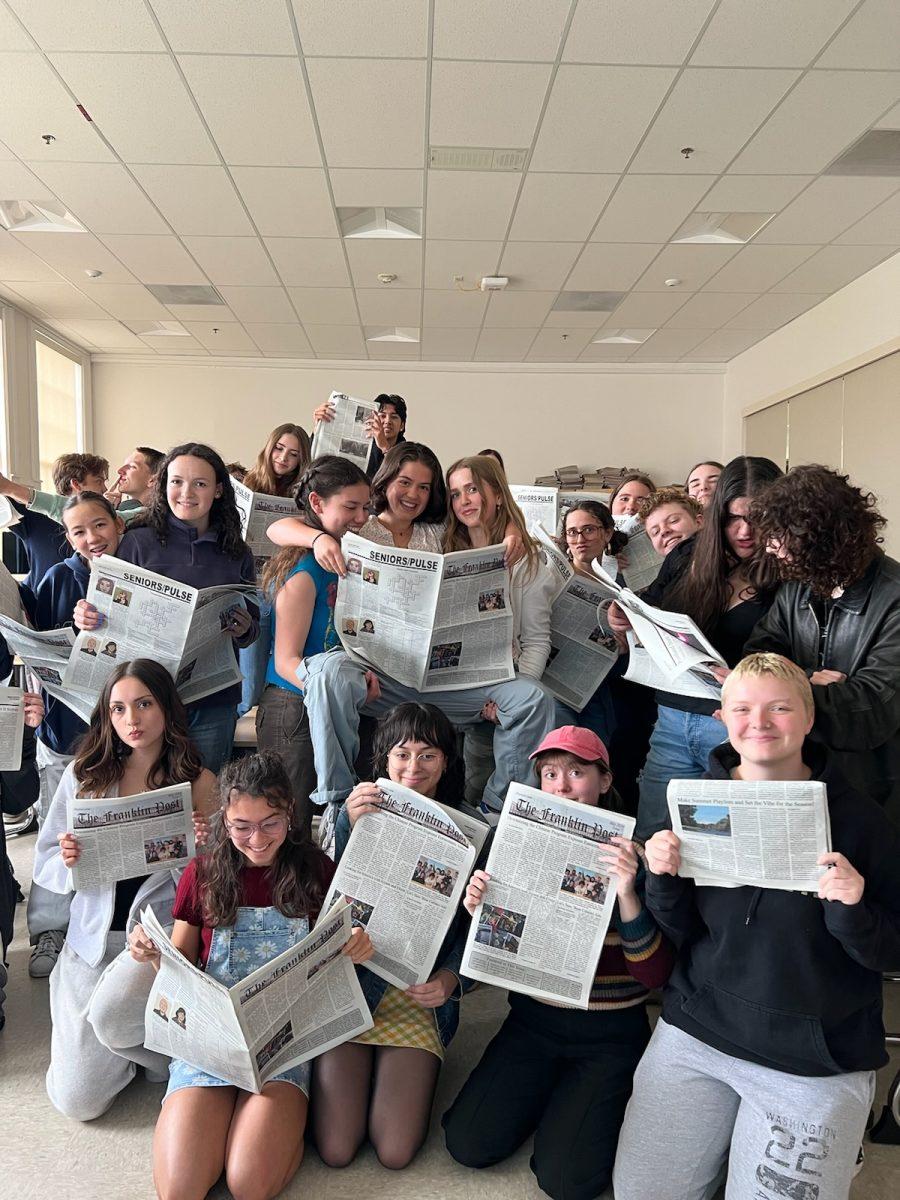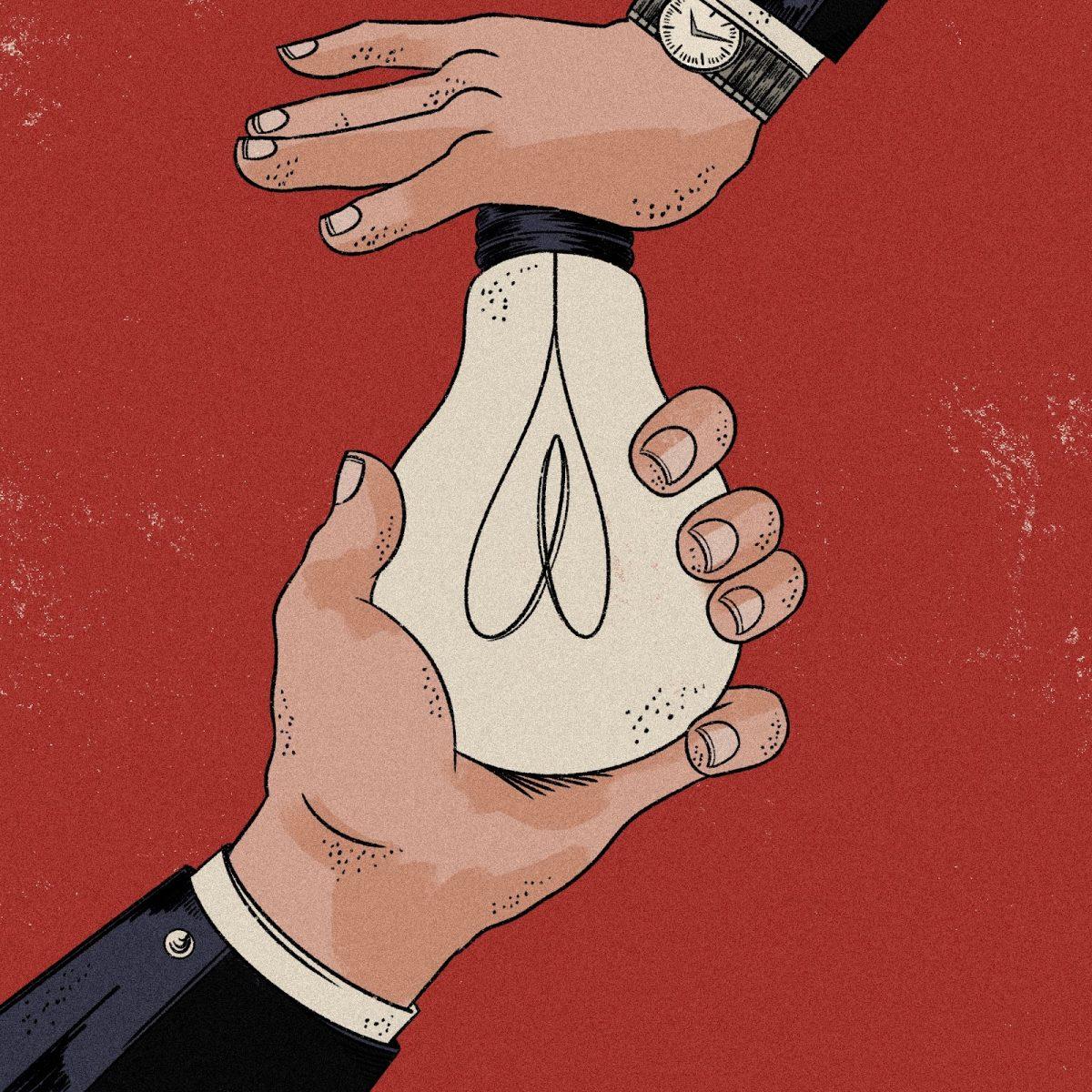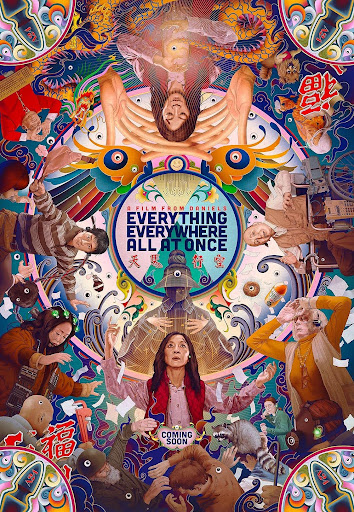
Asian Americans have been underrepresented in many areas, including in United States history, leadership roles, and — notably — American films. Both behind the scenes and in front of the camera, the presence of Asian Americans in film is lacking compared to white Americans. According to the global management consulting firm McKinsey & Company, between 2002 and 2022, the percent of films produced in the U.S. that included an Asian American in a lead role “increased from [two] percent to just over [three] percent … meaning [Asian and Pacific Islander (API)] actors are underrepresented by 50[%] in U.S.-produced films relative to the [six] percent API representation in the U.S. population.”
Asian American and Pacific Islander (AAPI) Heritage Month, a month dedicated to those of Asian and Pacific Islander descent in the U.S., is celebrated in May every year. According to NPR, May was selected due to two significant events in Asian American history: May 7, 1843, when the first Japanese immigrants arrived in the U.S., and May 10, 1869, when construction on the transcontinental railroad, which was largely built with underpaid Asian American labor, was completed.
Films are a form of storytelling, but when the majority of films showcase one group, other groups can feel excluded. Throughout the early days of film in U.S. history, Asian Americans were often typecast as villains in films and even played by white actors in makeup which was known as yellowface, limiting their opportunities and diminishing Asian American actors’ sense of self. In more recent films, opportunities for Asian Americans have opened up, but three-fourths of Asian Americans play supporting characters in films. In honor of AAPI Heritage Month, here are six films that showcase Asian actors.
Tina Wang, president of the Asian American Association (AAA) at Franklin, recommends the 2012 film “Chinese Zodiac,” which follows a treasure hunter, played by Jackie Chan, and his team setting out on an adventure to find a set of stolen Chinese zodiac bronze heads. Wang shares, “I like this movie [because of] the comedy that Jackie Chan always has in his action movies.” Fang Shilong, known professionally as Jackie Chan, is an actor, filmmaker, martial artist, and stuntman of Hong Kong descent. Chan is one of the most well-known and influential film personalities in the world, having starred in over 150 films. Although Chan is not Asian American, his influence in American films has increased over the years, with many people confusing him with an Asian American actor. Wang adds, “[‘Chinese Zodiac’] was able to let me learn a little bit about the history of the Chinese zodiac bronze heads which [were] stolen from the Old Summer Palace in Beijing, China, by the British army during the Second Opium War.”
“Big Hero 6,” a 2014 Disney film, follows the story of 14-year-old Hiro Hamada, who’s half-Japanese and half-white, and his close robot companion, Baymax. Hamada is voiced by Ryan Potter, who is of half-Japanese and half-white descent, like his character.. The film is set in the fictional city of San Fransokyo, a mix of San Francisco and Tokyo. According to the Smithsonian Asian Pacific American Center, “[‘Big Hero 6’]’s cultural mash-up of settings, characters, and themes means it could very well be Disney’s first [Asian American] film that actually stars Asian American actors.” Disney has previously faced controversies for their representation of AAPI characters. One such controversy arose when the leading role of a young Hawaiian girl, Lilo, in the 2002 animated film “Lilo & Stitch” was voiced by a non-Hawaiian actor. Hollywood has often placed white actors in Asian roles, erasing the right of Asian Americans to represent themselves in film. Considering this history, seeing a cast full of Asian Americans is truly special.
“Crazy Rich Asians,” a 2018 romantic comedy, features an all-Asian cast. This film, which marked the first time in 25 years a big-production film in Hollywood featured a majority Asian cast, opened up discussions of the lack of Asian representation in Hollywood and opened doors for the future of Asian actors in Hollywood. “Crazy Rich Asians” follows the story of a Chinese-American woman, Rachel Chu, played by Constance Wu, as she travels to Singapore to meet her boyfriend’s family. A movie with an all-Asian cast, such as “Crazy Rich Asians,” allows Asian viewers to see themselves in, and relate to, mainstream media. Desi Wolff-Myren, the advisor of the AAA, expresses, “Representation helps everyone. It gives audiences a chance to see other cultures, other ways of life. It also allows moviegoers a chance to see Asian people living normal, regular lives and helps to combat stereotypes and tropes.” Henry Golding, who plays the film’s lead male love interest, has confirmed that a sequel is in the works, exciting the many fans of the movie.
“Shang-Chi and the Legend of the Ten Rings,” released in 2021, is the first Marvel film to have an Asian superhero lead. Being a major milestone for Asian representation in Hollywood, Simu Liu, who plays Shang-Chi and gained recognition from the film, has used his voice as an Asian American to speak up about the importance of Asians representing themselves. Wolff-Myren explains, “For Asian people like myself, [representation] gives us a chance to see ourselves in a space where [we are] not regularly included.” Featuring a majority-Asian cast, “Shang-Chi and the Legend of the Ten Rings” follows Shang-Chi as he delves into his family’s past and confronts his father’s evil organization. The film delves into Chinese culture and values, including language, slang, family dynamics, food, martial arts, and more.
Next up is one of my favorite movies of all time, “Everything Everywhere All At Once.” This 2022 movie follows the story of Chinese immigrants Evelyn Wang, played by Michelle Yeoh; Waymond Wang, played by Ke Huy Quan; and their daughter, Joy Wang, played by Stephanie Hsu. “Everything Everywhere All At Once” dives deep into family dynamics, specifically the relationship between immigrant parents and their first-generation children. Many children of immigrants were able to see themselves in this movie, including me, making it such an important movie. Films that people, especially minorities, can see themselves in make Hollywood an important social force. “Everything Everywhere All At Once” had a lot of critical and financial success and won seven Oscars, making it among the top Oscar-winning films of this century.
Last but not least, “Dìdi” is a 2024 coming-of-age comedy drama that follows a Taiwanese-American teenage boy named Chris the summer before he starts high school, in 2008. The film showcases family dynamics, teenagehood, first love, friendships, loneliness, and the struggle of trying to fit in. “Dìdi” has many relatable factors for children of immigrants, those with older siblings, or those who were teenagers in the early 2000s.
The point of storytelling and filmmaking is for everyone to be able to find characters and movies that they can relate to. Thus, representation for all cultures and groups, especially in film, is critical. Support Asian actors, directors, writers, and producers. Find your next watch that showcases Asian Americans. Support your Asian friend who wants to pursue the arts, because that’s the first step to having more Asian representation. Asian Americans contribute a lot to film, and they aren’t nearly appreciated as much as they should be.



